
Photography by John DeMajo
 |
THE CHURCHES OF RICHMOND
Photography by John DeMajo |
ST. GEORGE'S EPISCOPAL CHURCH 920 Princess Anne St., Fredericksburg, Va. Established 1720 (Visit the church's official site here) |
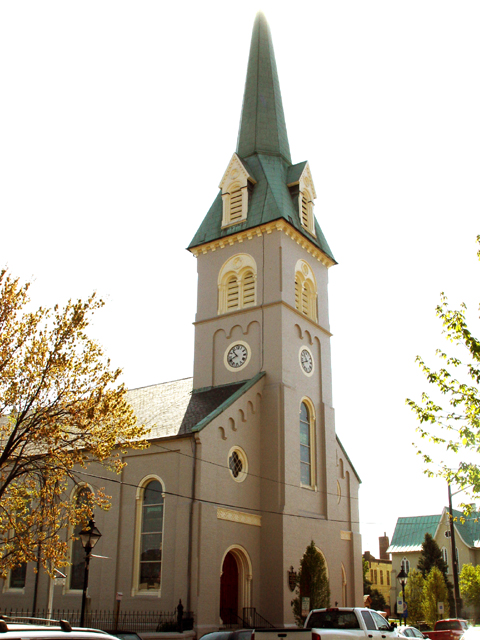 |
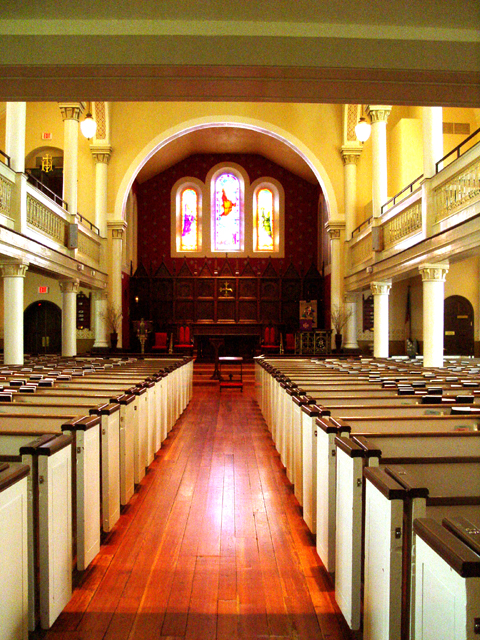 |
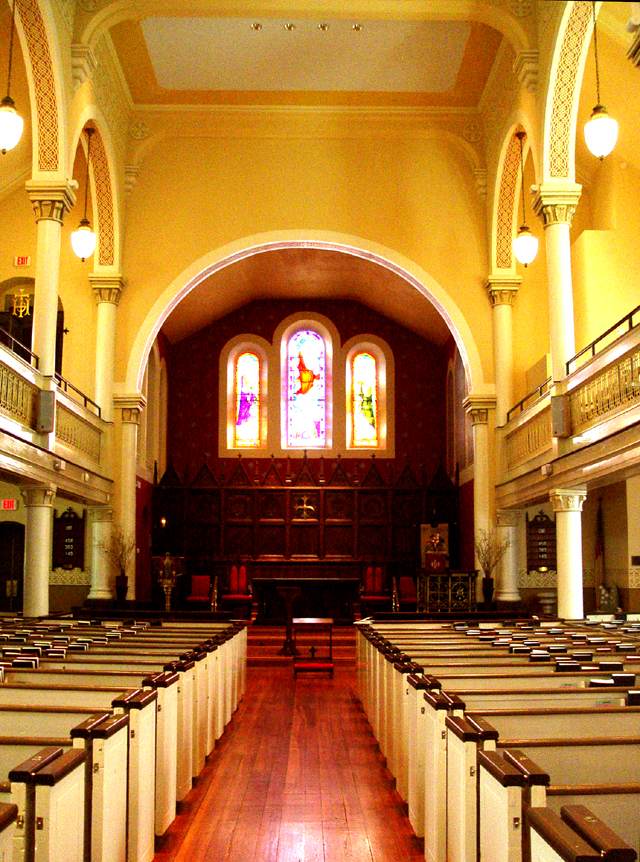 |
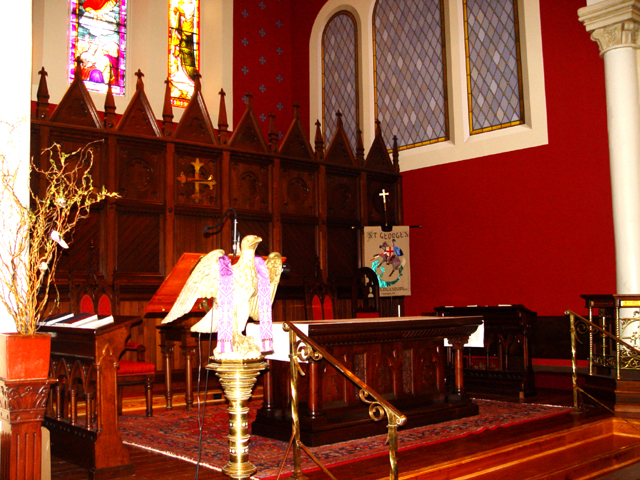 |
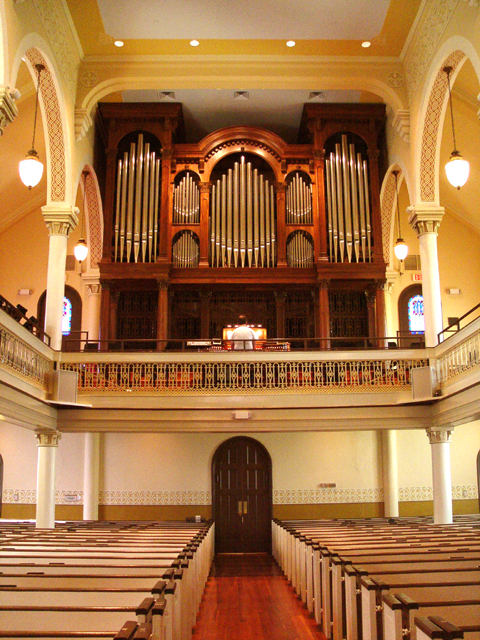 |
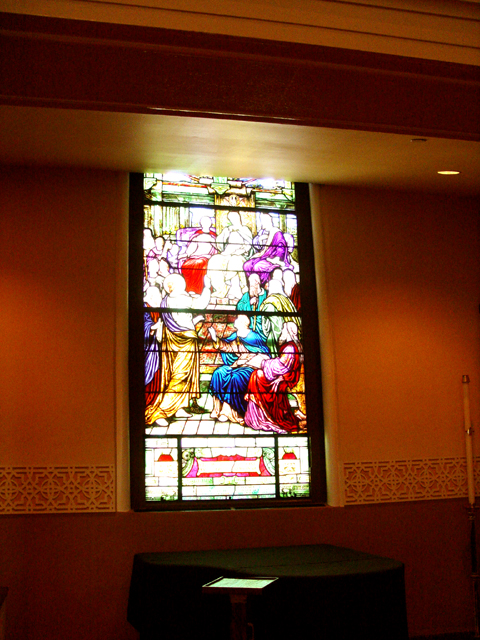 |
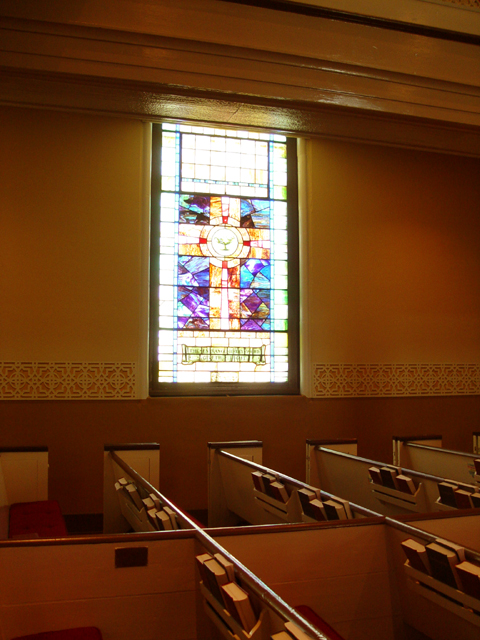 |
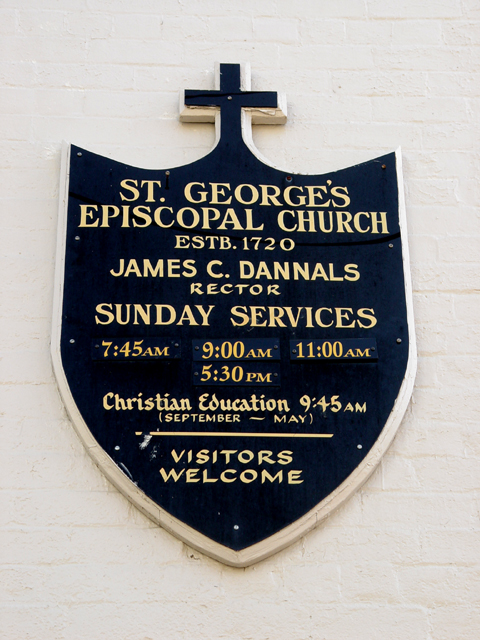 |
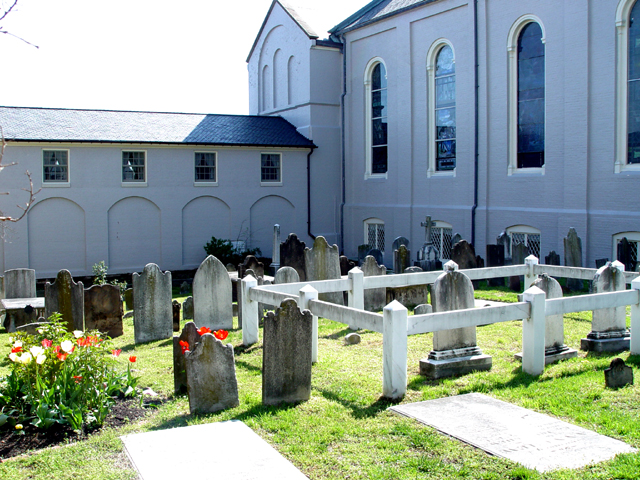 |
A HISTORY OF ST. GEORGE'S CHURCH The present St. George’s Church building was built in 1849. It is the third church building that the congregation has constructed on the site at 922 Princess Anne Street in Fredericksburg. The first church was a simple wooden structure built in the 1730s; the second, a more elaborate brick building, was erected in 1815. At the beginning of the church's history (1738) the family of George Washington moved to the area. In the years that followed, Washington's family, as well as many a number of the founders of our country, attended St. George's. . Both the second and present buildings of St. George’s were erected under the leadership of the Rev. Edward McGuire, who served as rector from 1813 (at age twenty, too young to be ordained) until 1858. Throughout the more than 285 years of its existence, St. George’s Church has been an active force in the community. During the Colonial Period, the Church was responsible by law for the welfare of orphans, widows, the sick and the needy in the community. From 1795 to 1802, the Church established male and female charity schools. Before the War Between the States, it operated Sunday Schools for black children. During the same war, it was used as a hospital and for revival meetings. Today, St. George’s continues its commitment to the community by helping to create and support such organizations as the Fredericksburg Senior Citizens, Rappahannock Big Brothers/Sisters, the Interfaith Council, Hospice, the Homeless Shelter, and Hope House. The current St George’s Church building stands as a fine example of the Romanesque Revival style of architecture popular in the mid-19th century. It was designed and built by Robert Cary Long and H.R. Reynold of Baltimore. The exterior focal points are the three main round-arched doors and windows. The central tower and steeple, long familiar city landmarks, have survived the ravages of time and war. The clock in the tower was set in place in 1851 (and restored in 1854 after fire damage) by the City of Fredericksburg, which is still responsible for its maintenance. Inside, the plan follows the ancient basilica layout, with the nave and columns forming court-like space on three sides, and supporting a rear gallery. The original “basic box” simplicity was first altered in 1876, with the removal of the high pulpit from the center of the east wall (where it stood above the Holy Table and reading desk). This opened the altar wall, allowing for the addition of the chancel. The lectern was placed on the left, the pulpit on the right. The lectern is in the shape of an eagle, the symbol of St. John the Evangelist and his Gospel of Love. In 1925, the choir and the organ were added to a newly expanded chancel area. The side galleries were added in 1854, and the plain glass windows began to be replaced by stained glass with the dawning of the 20th Century. |